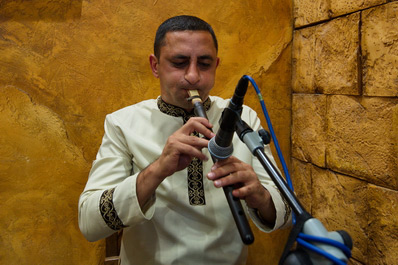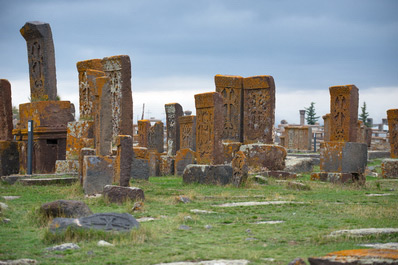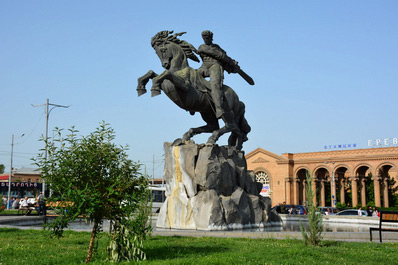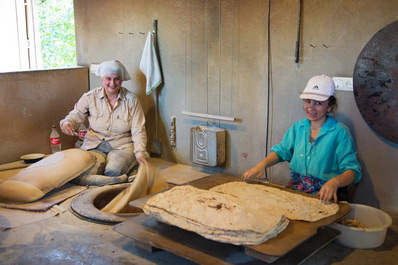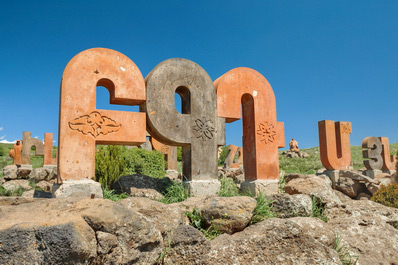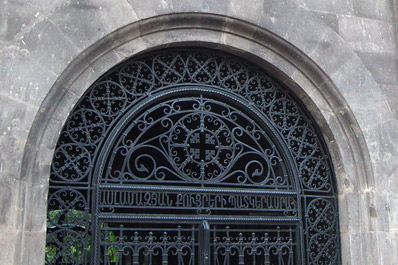UNESCO Intangible Heritage in Armenia
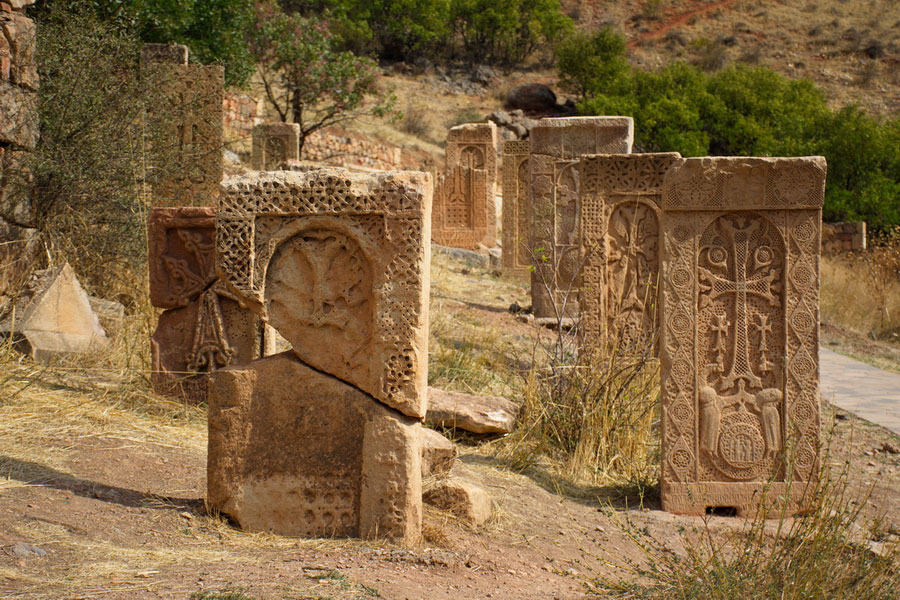
Armenia's uniqueness shines through its cultural elements inscribed on the UNESCO list, embodying the spirit of art, rituals, and traditions that have accompanied the Armenian people for centuries. These world-renowned cultural elements originating from Armenia offer insights into the country's distinct flair.
The duduk and its music, a UNESCO heritage since 2008, is a national musical instrument integral to both festive and solemn occasions, symbolizing the Armenian spirit. Traditionally handcrafted from apricot wood, its soft sound is believed to have been known since before the Common Era. Armenian cross-stones art.
Symbolism and craftsmanship of Khachkars, recognized in 2010. Khachkars are vertical stone slabs featuring crosses, saints, animals, and plant-geometric motifs, meticulously carved and polished. Each khachkar is a unique work of art, making no two stones identical. Over 50,000 stone crosses dot Armenia, each telling its own story.
The epic "Daredevils of Sasun" (or "David of Sasun"), listed in 2012, is Armenia's most famous folk epic, rooted in the historical region of Sasun from the 7th to 11th centuries. David, the folklore hero, embodies the struggle against evil, with the epic traditionally told in prose and parts sung in rhyme, often accompanied by the duduk at weddings, baptisms, and significant events. The first Saturday of October is celebrated as the Day of the Epic.
Lavash, inscribed in 2014, is a staple in Armenia, a large thin flatbread traditionally made by women, fostering family and community ties. Baked in a scorching tandoor for half a minute, lavash can be stored for up to six months and is commonly wrapped around cheese, greens, and meat.
Kochari, traditional group dance, added to the list in 2017, is a collective Armenian dance performed across the country, symbolizing identity and solidarity across generations. Dancers, linked by hands or shoulders, mimic the movements of wild rams and horses, escalating in tempo to the rhythm of Armenian music.
Armenian letter art and its cultural expressions, recognized in 2019, trace back to the creation of the Armenian alphabet by Mesrop Mashtots in 405 AD, with each letter corresponding to a single sound. The script includes cryptic and ornamental symbols, some with religious significance, remaining largely unchanged over 16 centuries.
Tradition of blacksmithing in Gyumri, listed in 2023, showcase the enduring craft of metalwork, with modern blacksmiths inheriting skills from generations past, creating window grilles, fences, doors, candleholders, and lamps, preserving this ancient practice unique to Gyumri.
Pilgrimage to the St. Thaddeus Apostle Monastery, a UNESCO heritage since 2020, sees believers from the Armenian Apostolic Church trek from Armenia to Chaldoran in Iran, honoring one of the apostles who preached Christianity in Armenia. This annual 1900-year-old tradition, interrupted only during Soviet times, involves fasting, prayer, and communion.
Traveling through Armenia immerses visitors in a cultural life rich with centuries-old traditions. Beyond the intangible, Armenia boasts UNESCO World Heritage Sites, including ancient churches that underscore the importance of preserving not just traditions but also architectural history.

